Learn all you need to know about driving in Japan. Starting with the basics of driving permits and traffic regulations in Japan, we also cover how to buy a car in Japan and the responsibilities that come with it. In the last part, we cover rental car and carshare services in Japan for short term driving needs.
Table of Contents
- Driving Permit in Japan
- Driving in Japan, All You Need to Know
- Buying a Car in Japan
- Rental Cars and Car Sharing in Japan
- Takeaway
Permission to Drive in Japan
Before you can start driving in Japan, there are 2 things you need to prepare. One is of course a vehicle to drive, and the second is a driving permit. For foreign nationals, there are 3 available forms of driving permits in Japan; a foreign driver’s licence that is recognized in Japan, an international driving permit, and a Japanese driver’s licence.
International Driving Permit for Japan (1 Year Only)
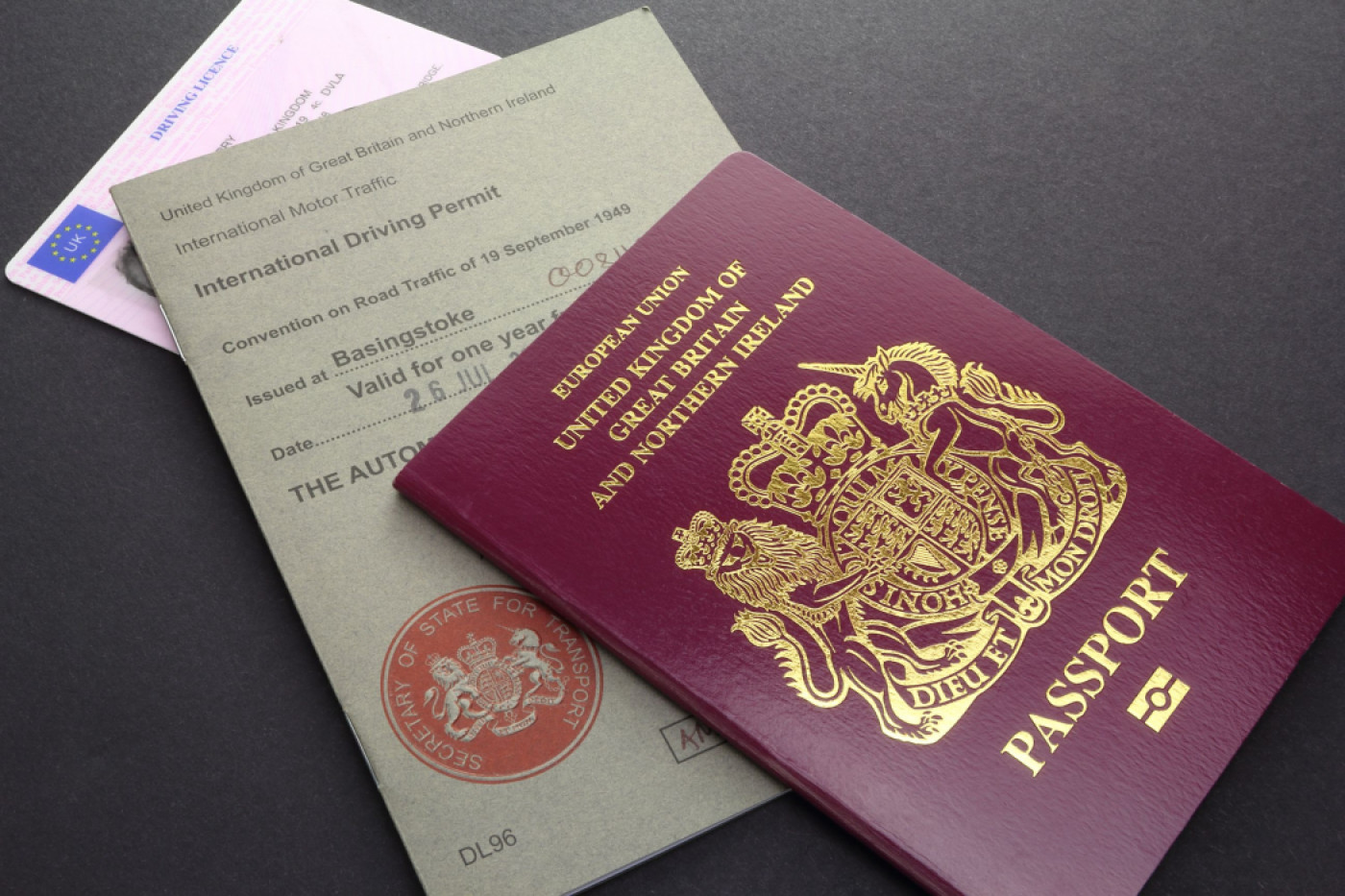
Under the 1949 Geneva Convention, contracting states whose drivers are issued an International Driving Permit (IDP) are permitted to drive in Japan. There are more than 100 contracting states including the United States of America, Canada, United Kingdom, Ireland, Italy, France, Australia, New Zealand, Malaysia, Singapore, India, Philippines, United Arab Emirates, and more. Check if your home country is available in the full list below.
The most important thing to know about the IDP is that it is only valid for 1 year from the date of issue, but you can drive in Japan for 1 year from your date of entry into Japan (even after IDP becomes invalid halfway through).
Additionally, keep in mind the 3 months rule in relation to leaving and re-entry to Japan, and re-issue of IDP:
-
If you leave Japan and return within 3 months, you cannot drive in Japan with a re-issued IDP.
-
If you leave Japan and re-enter after more than 3 months, you can drive in Japan with a re-issued IDP, in which case you can drive for another 1 year from your date of re-entry into Japan.
※ Tokyo Metropolitan Government, “Foreign Driver’s Licenses and International Driving Permits(外国免許・国外運転免許証関係)”
Valid Foreign Driving Licence in Japan
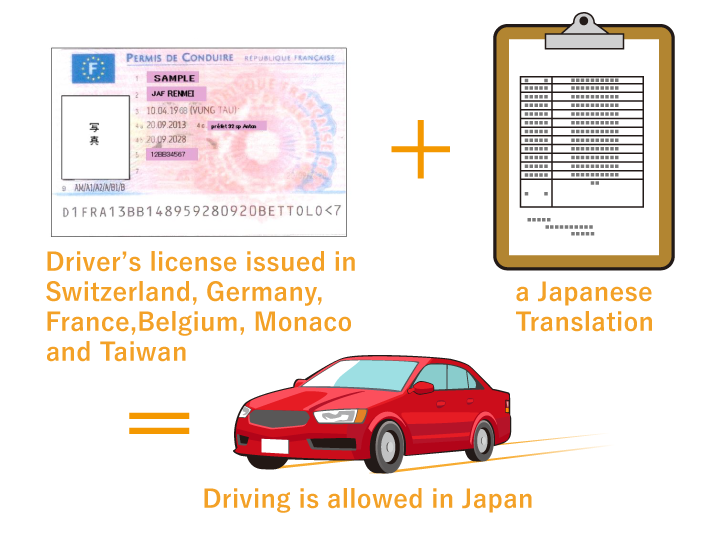
Image Credit: © 2022 Japan Automobile Federation (JAF)
Driving licences issued from the following countries are valid in Japan:
-
Belgium
-
France
-
Germany
-
Monaco
-
Switzerland
-
Taiwan
The conditions for driving in Japan with a foreign driving licence are the same as for an international driving permit. Namely:
-
Allowed to drive for 1 year from date of entry into Japan
-
The 3 month rule; cannot drive if leave and re-enter within 3 months, can drive for another year from date of re-entry if leave and re-enter after more than 3 months
In addition, you are required to get an official translation of your foreign driving licence which you need to carry with you whenever and wherever you drive. Only translations from the following authorities are accepted:
-
(for Taiwanese driving licence only) Japan-Taiwan Relations Association
-
(for German driving licence only) German Automobile Federation( ADAC)
※ Tokyo Metropolitan Government, “Valid Foreign Driving License In Japan” ※ JAF, “Drive with a foreign license (For individuals with driver’s licenses issued in Switzerland, Germany, France, Belgium, Monaco and Taiwan)”
Japanese Driver’s Licence
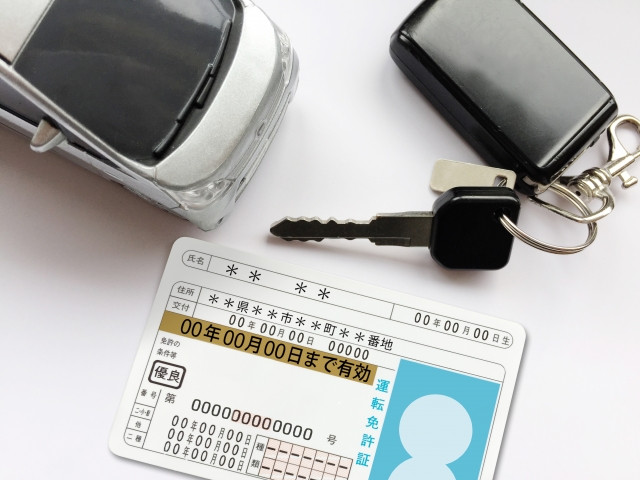
For those planning to live long term in Japan, it is recommended to get a Japanese driver’s licence. There are 2 ways to obtain a Japanese driver’s licence; converting your country’s licence or taking the Japanese driving test from scratch.
Converting Foreign Driving Licence to Japanese Driver’s Licence
This process is called gaimen kirikae (外免切替). To do this, you will need to first satisfy the application requirements, then visit a driver’s licence centre called「運転免許センター unten menkyo sentaa」to go through the conversion procedure.
The application requirements are having a valid unexpired foreign driving licence, and proof that you have stayed 3 months after obtaining your licence in the country that issued your licence.
The procedure to convert your licence to a Japanese driver’s licence involves 4 steps:
-
Application Document Submission
-
Driving Aptitude Test - vision test for colour blindness and short/long sightedness
-
Traffic Rule Knowledge Written Test- 10 multiple choice questions
-
Driving Skills Test - driving test in a driving course with an examiner present
If all goes well and you pass all the tests, you will be issued a Japanese driver’s licence.
For more information about gaimen kirikae, visit JAF’s page here.
Getting Japanese Driver’s Licence from Scratch
There are 2 ways to get a Japanese driver’s licence:
Option 1: Through the driver’s licence centre
Option 2: Through a driving school
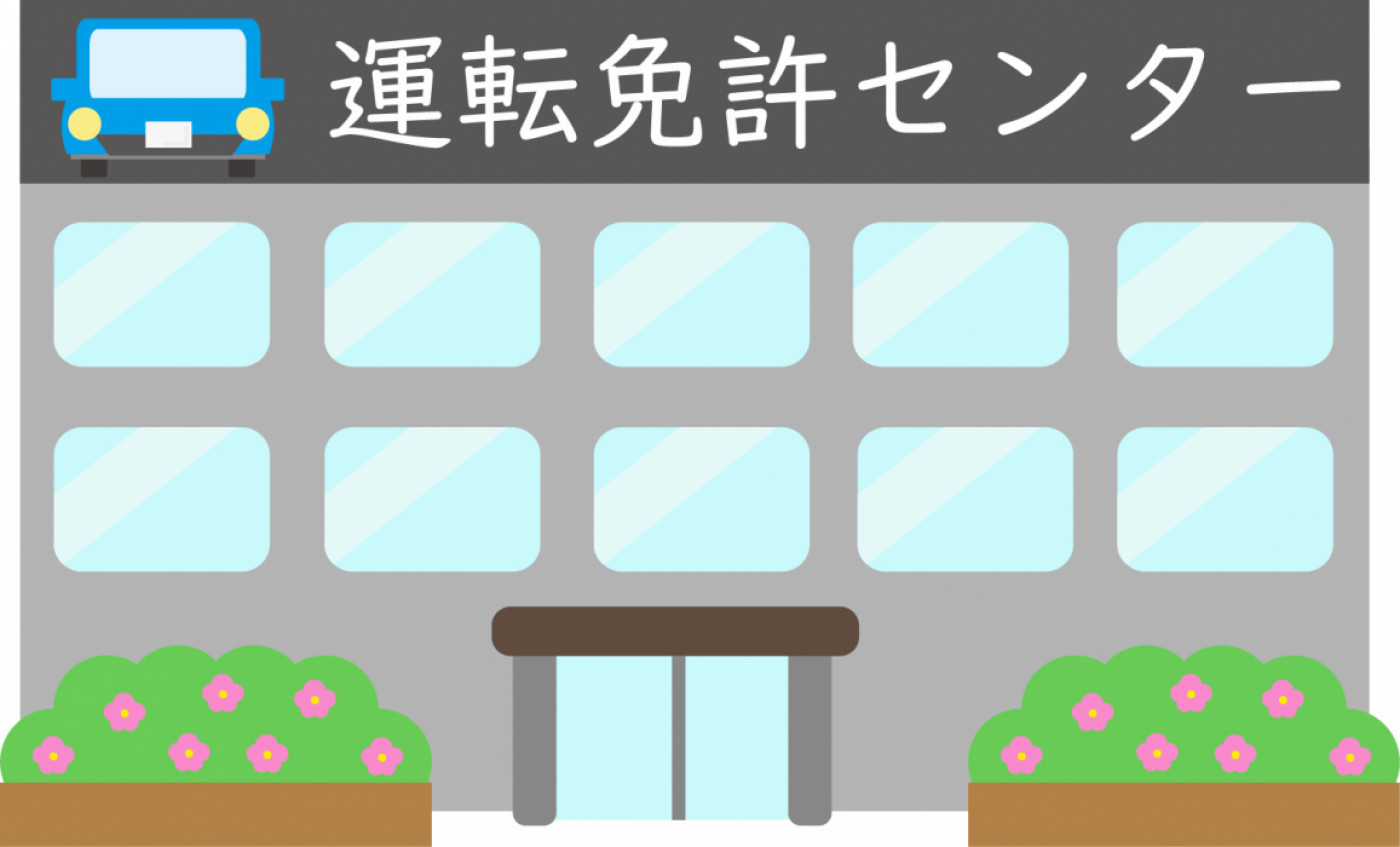
Option 1 is the cheaper route as driving school is known to be expensive in Japan. There’s a huge problem with this route though, which is how to obtain practical driving skills. You’ll understand what we mean in a moment. The procedure for getting a driver’s licence through the driver’s licence centre involves:
-
Provisional Licence Test (仮免許試験)
-
Full Licence Test (本免許試験)
-
Traffic Knowledge and Driving Theory Written Test (学科試験)
As you can see, the driver’s licence centre only offers tests to get your licence. It is recommended only for people who have had prior driving experience - cases where your foreign driving licence has expired and you have no plans to renew it for example.

Option 2 is for people who have no driving experience. According to JAF, 95% of new licence holders are graduates of designated driving schools (指定自動車教習所). There are a few things you should consider before joining a driving school - Japanese proficiency, finances, location, and schedule.
A certain level of Japanese proficiency is required for you to understand the classes whose students are primarily Japanese. There are driving schools that offer English or other foreign language driving courses but they are few in number and fees will generally be higher. Speaking of fees, the average price to attend driving school is 250,000 to 300,000 yen.
The good thing about joining a driving school is that the school will support you through the entire process from learning how to drive, to sitting for the driving tests and finally getting your licence.
※ JAF, “[Q]運転免許を取得する方法は?教習所に通う必要があるのですか?”
Writer's Pick
Driving in Japan, All You Need to Know
In this part, we’ll cover the important things you need to know about driving safely and law-abidingly in Japan.
🚗 Driving in a foreign country can be anxiety inducing. Not only are you unfamiliar with the place, but also the road...
Posted by WeXpats on Wednesday, February 7, 2024
Which side of the road to drive in Japan?
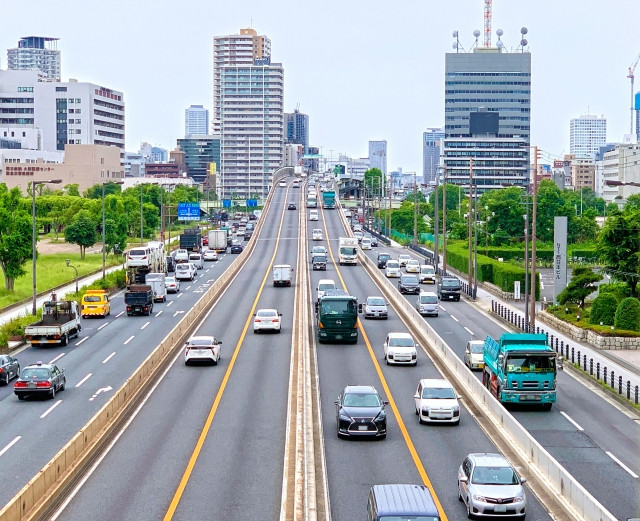
The first thing you need to know is that Japan is a left-hand traffic country with vehicles running on the left side of the road. Vehicles in Japan are right-hand drive with the driver’s seat located on the right and passenger seat on the left.
Driving on the wrong side of the road can lead to fatal accidents. For those coming from countries that drive on the right side of the road, please be careful.
Traffic Rules in Japan

The most important of traffic rules in Japan:
-
Pedestrians have right of way,
-
Strictly no driving under the influence of alcohol or other intoxicants.
-
Driver and all passengers in a vehicle must wear seatbelts.
-
Always drive within the speed limit.
-
No driving exceeding the number of allowed passengers in a vehicle.
-
No driving whilst using a cellphone or distracting electronic devices.
-
Slowdown when approaching pedestrian crossings. Must stop and yield to pedestrians at pedestrian crossings that have no pedestrian traffic lights.
-
Must use car seats for infants and children under 6 years of age.
Road Signs
Additionally, road signs in Japan may differ from your home country, so it is important to study up on them in advance before you drive. There are also road signs that are in Japanese. Here are some road signs you are bound to come across when driving in Japan.
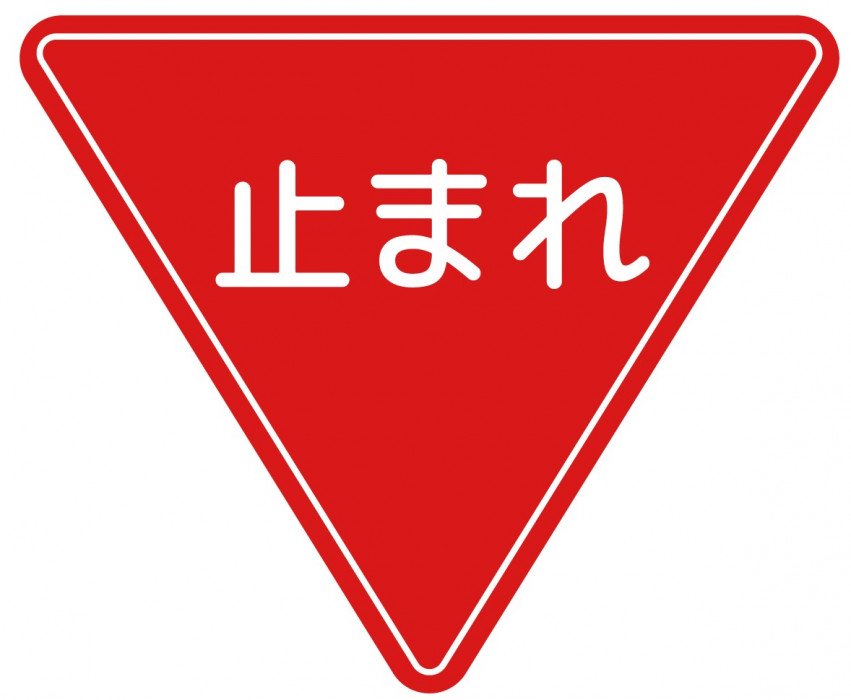
This is a stop sign, the words「止まれ」are read tomare. When encountering this sign, you must make a stop even if traffic is clear. Check to see if the streets are clear before moving on.
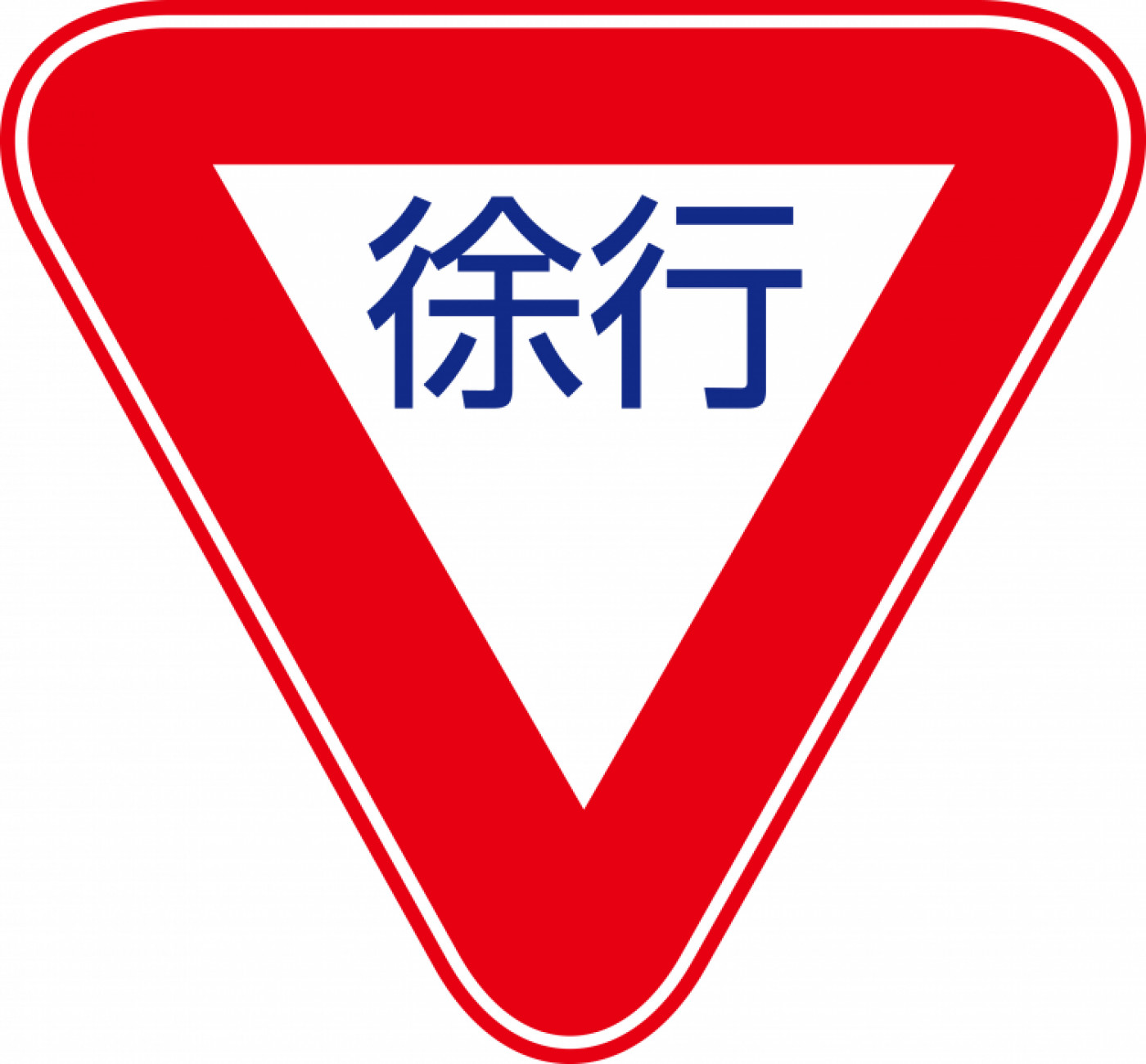
This is a go slow sign, the words「徐行」are read jokou. Do as the sign says and proceed slowly.
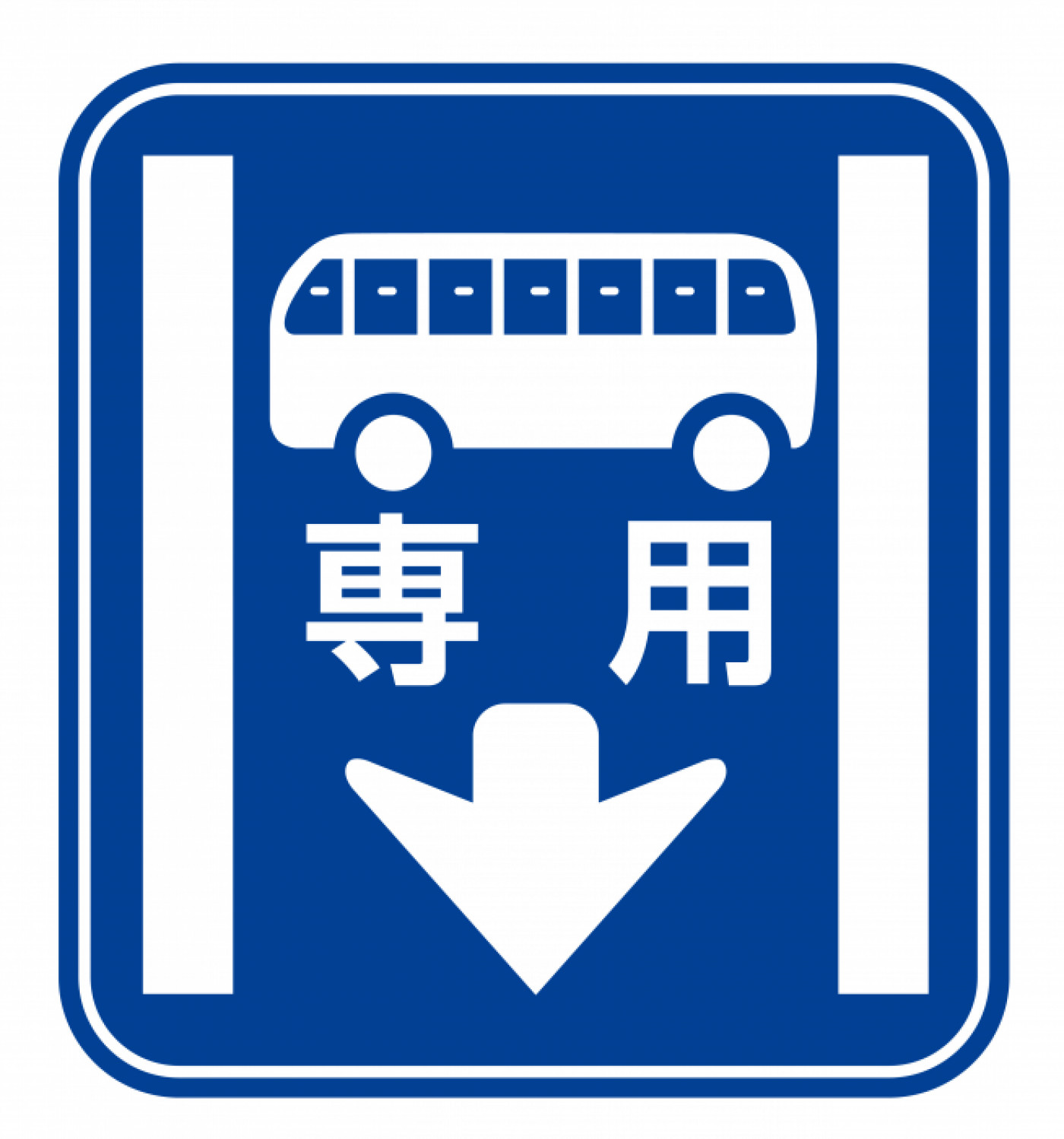
This is an exclusive-use sign, the words「専用」is read senyou. This sign indicates that the road is for the particular type of vehicle to use only. These words may also be written on the road.
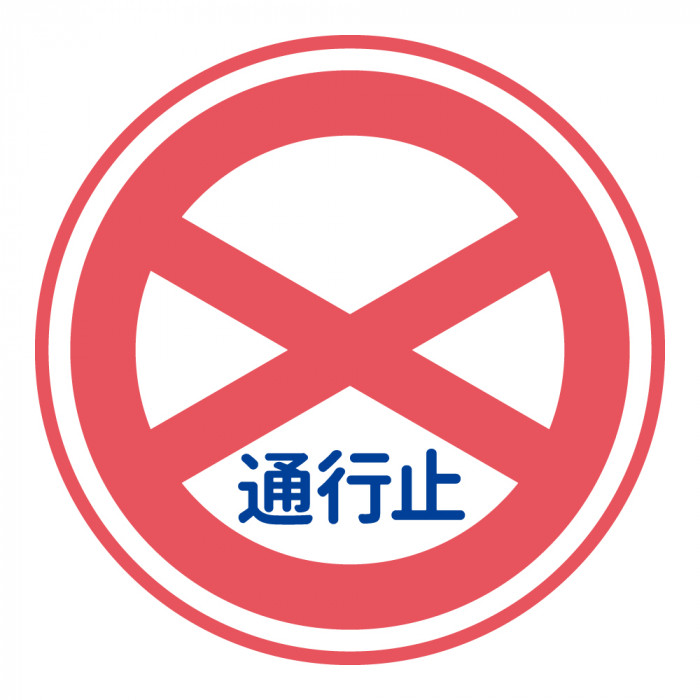
This is a road closed sign, the words「通行止め」are read tsuukou tome. Roads with this sign are closed to all vehicles and pedestrians as well.
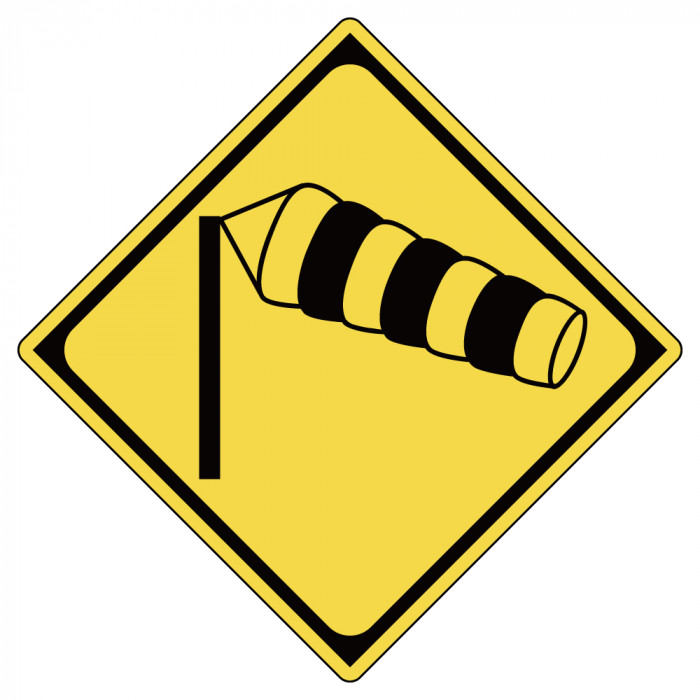
This is a crosswinds sign. They are quite common on highways in parts of Japan that experience strong winds. Stay cautious of strong winds that may push your vehicle when you see this sign.
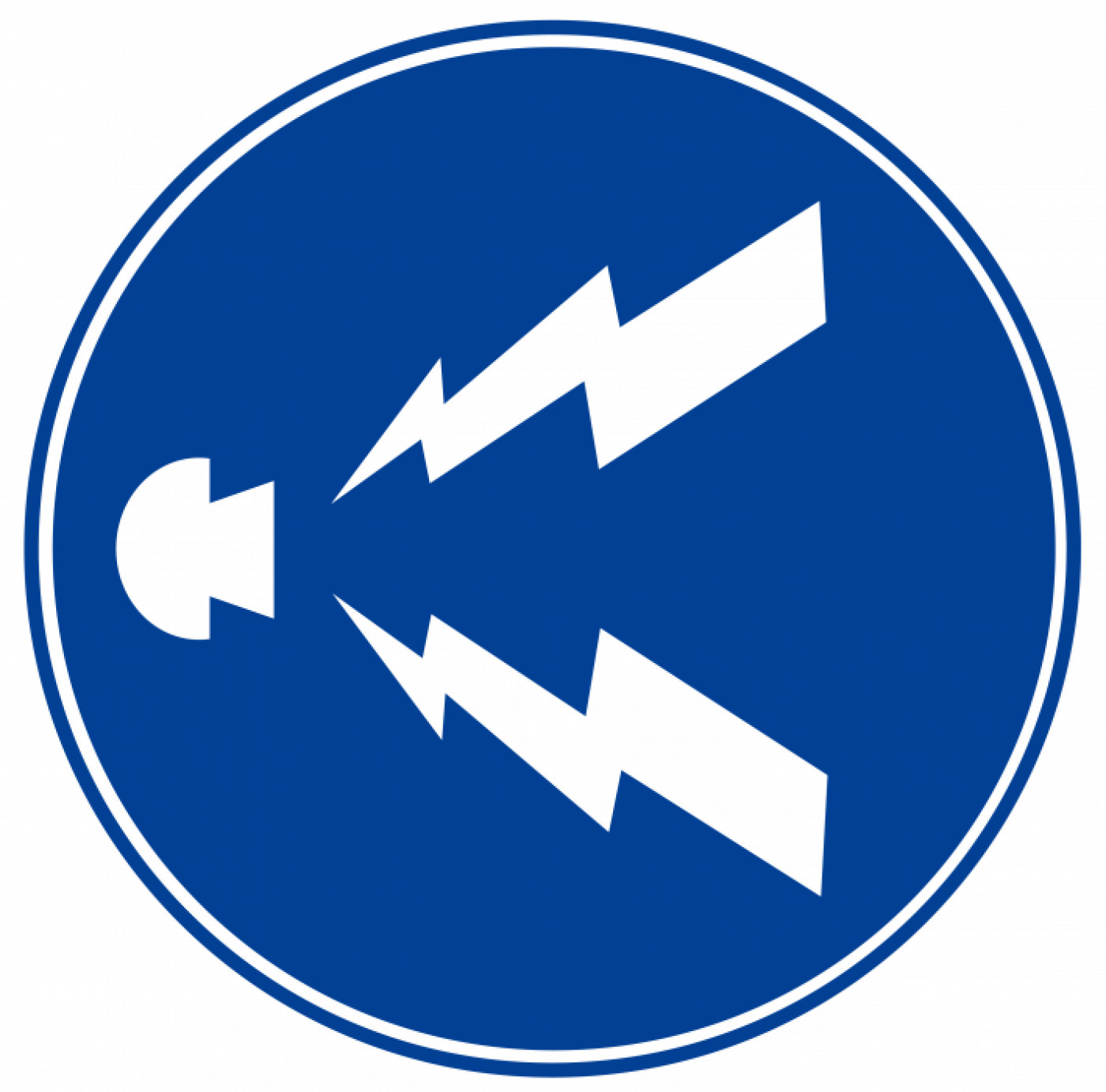
Not a common sign, but it’s good to know what this sign means. This is a sound horn sign. When you come across this sign, sound your horn whilst driving.
Speed Limit
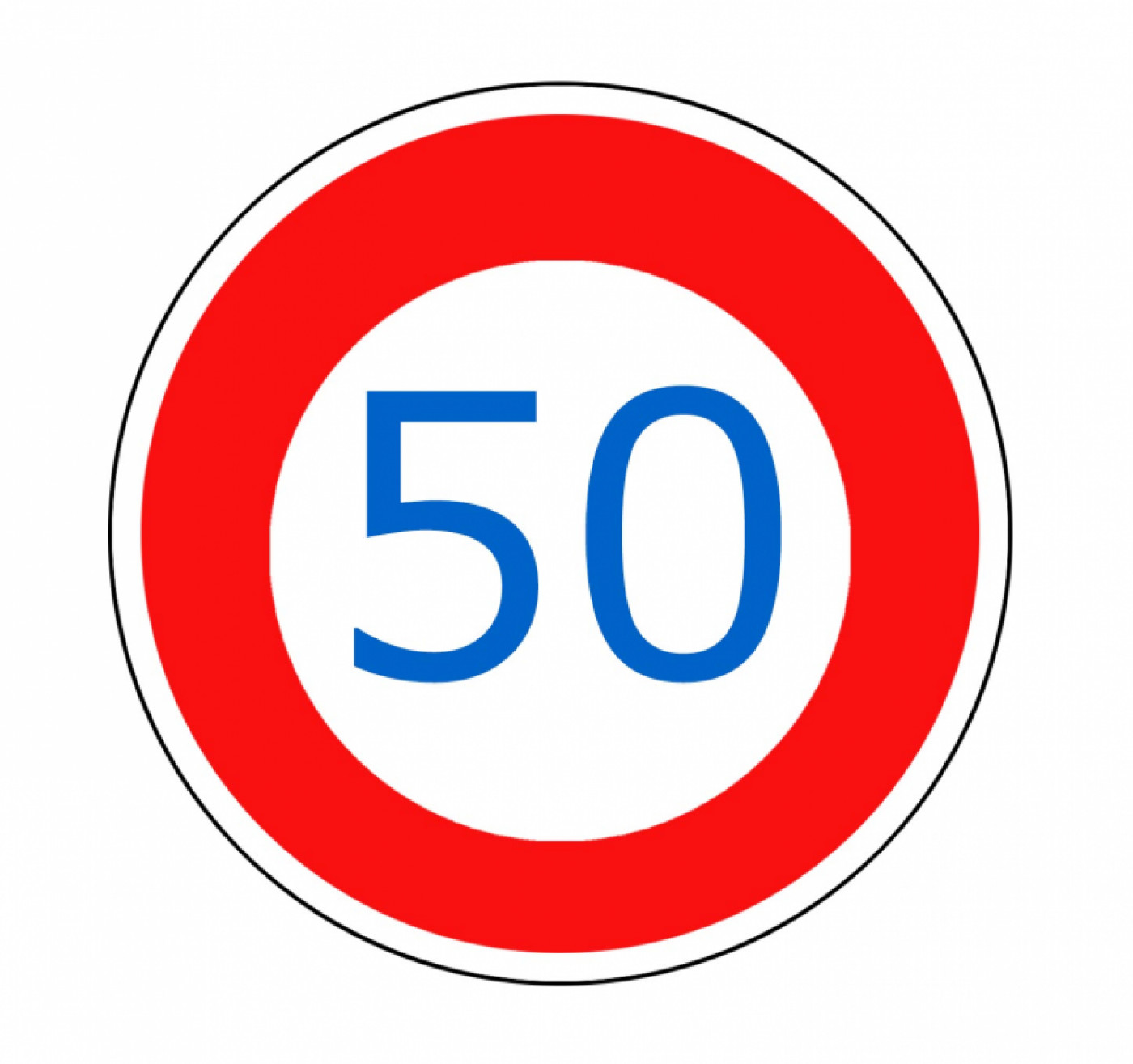
Following the speed limit as indicated on road signs and markings is a must of course, but what if there are no signs?
The general rules for speed limits if there are no indicating signs are:
Residential Areas : 30~40km/h
Ordinary Roads : 50~60km/h
Expressways : 80~100km/h
※ JAF, “Traffic Rules in Japan”
Indicator Stickers for Specific Groups of Drivers
Another important thing to know when driving in Japan is how to identify certain types of drivers. Why? To show consideration to these drivers and to practice higher caution. There are altogether 4 groups of drivers as follows:
Beginner Drivers

This is a「初心者マーク shoshinsha maaku」, or beginner drivers’ mark. It is also known as a「若葉マーク wakaba maaku」, wakaba meaning young leaves, due to its shape that resembles a leaf. Drivers with provisional driver’s licence are required to put this sticker on the front and back of their car.
Elderly Drivers
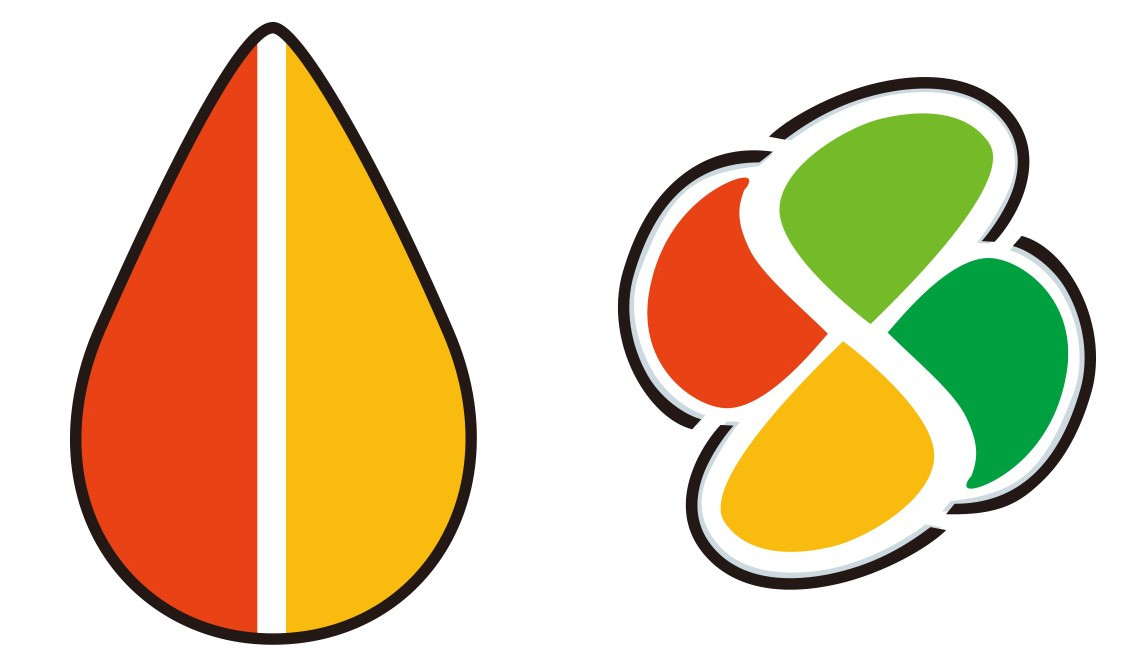
These are「高齢者マーク koureisha maaku」, or elderly drivers’ marks. The teardrop shape mark is also known as 「もみじマーク momiji maaku」, autumn leaf mark; whilst the four petal shape mark is also known as 「四葉マーク yotsuba maaku」, four leaf clover mark. The momiji mark was introduced in 1997 whilst the four leaf clover mark was introduced in 2011 to replace the momiji mark, though you may still see cars using the momiji mark so it is good to know about it.
Drivers aged 70 and above are strongly advised to use elderly drivers’ marks. When drivers reach 75 years of age, this changes to a mandatory requirement.
Hearing Impaired Drivers
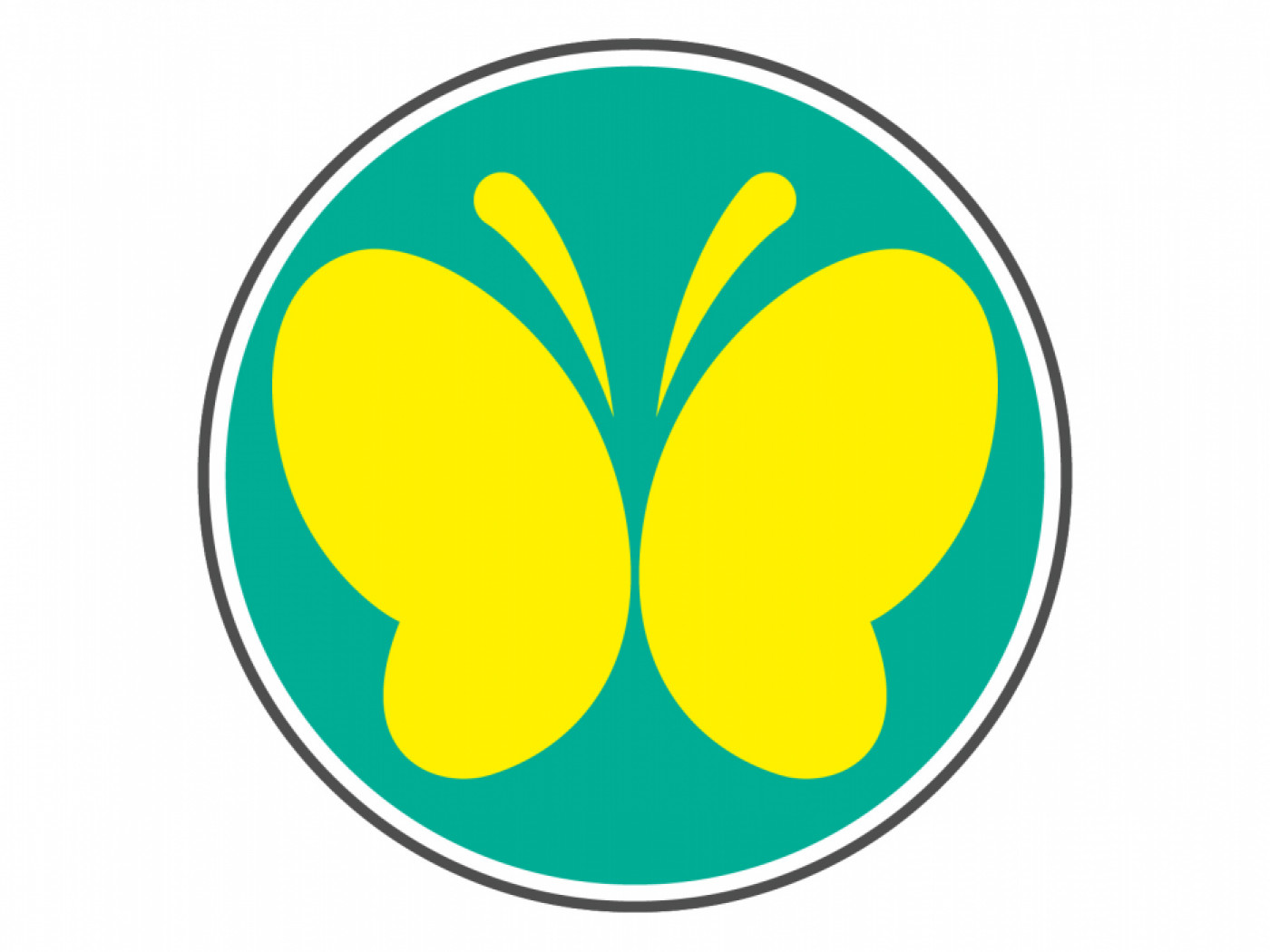
This is a「聴覚障害マーク choukaku shougai maaku」, or hearing impairment mark. If you see a vehicle with this symbol, it means the driver has a hearing impairment. He/She may not be able to hear emergency vehicle sirens, car honking, or other sounds.
Handicapped Drivers

This is a 「身体障害マーク shintai shougai maaku」, or physical impairment / handicap mark. If you see a vehicle with this symbol, it means the driver has a physical impairment. In some cases, the vehicle may have been modified to help the driver drive better.
ETC Card for Toll Roads
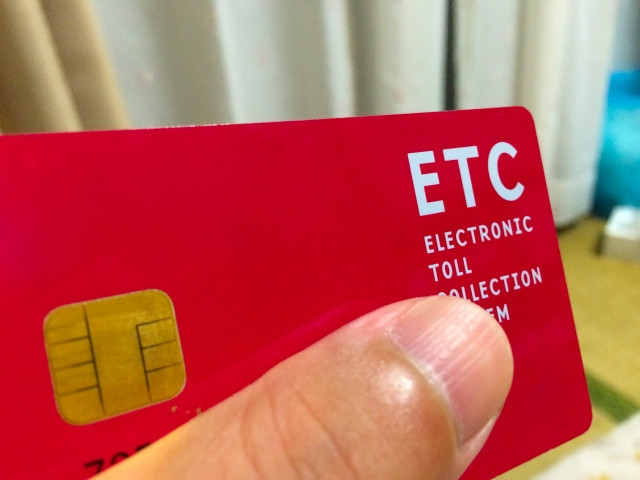
ETC stands for “Electronic Toll Collection”, it is an electronic automatic system for drivers to pay toll without stopping their vehicles. The aim of the system is to reduce traffic congestion caused by drivers having to stop at toll booths to manually pay. In Japan, the ETC system is unified, which means you only need a single ETC card to make toll payments across the country.
The benefits of using ETC include:
-
Discounted toll rates compared to manual payment
-
Easy to get; some credit card companies offer for free when you sign up, and rental car companies offer when you rent car
-
Reduce traffic congestion and stuck in toll queue
-
One card for all tolls
Japan ETC Card Official Website
Parking in Japan
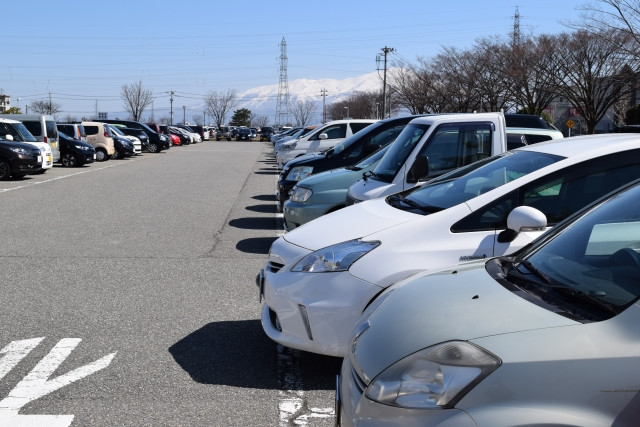
Parking in Japan can be easy and effortless to troublesome and frustrating depending on which part of Japan you are in. In the countryside, there is ample parking space with shops, restaurants, and tourist destinations often providing free parking. In the city however, not only are the parking spots usually really narrow and tight, they are scarce in numbers and expensive.
Parking lots are called「駐車場 chuushajou」in Japanese.Options for parking in Japan include street parking, customer-only parking (free or paid), parking lots, and garages. The price varies depending on the parking provider company, parking duration, and area (city parking is typically more expensive). Note that some places may have a maximum parking duration rule in place. Another thing to note is that generally drivers in Japan reverse park their cars, similar to Singapore.
A useful app for finding the cheapest parking in your area is PPPark, available on GooglePlay and Appstore. It is also available to use on browsers. The app works by locating parking in your selected area and finding the best deal for you based on your desired duration of parking. It calculates then ranks the parking lots according to price with No.1 or「一位 ichi i」being the best deal. The downsides of the app are that it is only available in Japanese, and some parking lots may not show up in the search. Overall, it works quite well.
Gas Stations in Japan

Gas stations or petrol stations are called「ガソリンスタンド gasorin sutando」or gasoline stand in Japanese. Here are some important vocabulary you should know for filling up on petrol:
「レギュラー regyuraa」Regular Petrol (Red)
「ハイオク haioku」High Octane Petrol (Yellow)
「軽油 keiyu」Diesel (Green)
「満タン mantan」Full Tank
「給油 kyuuyu」Refuel
「灰皿 haizara」Ashtray
「窓拭き madofuki」Window Cleaning
「セルフ serufu」Self-Service
There are 2 types of gas stations in Japan; full service and self-service which is self-explanatory. At full service gas stations, you don’t even need to step-out of your vehicle as station attendants will do everything for you. They’ll fill up your vehicle, handle payments from your car window and even help empty your ashtray and clean your windows.
Buying a Car in Japan
When asked the question “What do you think is the primary mode of transportation in Japan?” I think many people will answer trains with the image of Japanese workers packed like sardines in a train. But are trains really the most used transportation in Japan? Let’s look at some numbers.
Driving in Japan, the Most Used Transportation

According to the Japanese Ministry of Land, Infrastructure, Transport and Tourism (MLIT) on the usage of bicycles in Japan in the year 2019, 48% of residents in Japan use cars as their primary mode of transportation. In contrast, only 16% use trains as their main mode of transportation. The study also revealed that as of 2019, there were 78,140,000 motor vehicles owned in Japan of which 61,771,000 are for passenger-use.
※ MILT, “自転車の活用に関する現状について” Pg. 2, 3
From these numbers, quite clearly cars are the most prevalent form of transportation in Japan. But why when public transportation is so accessible? Or is it?
Although it is true that trains are the most convenient means of transportation, this is only true for the areas in Japan where population is dense or are popular tourist destinations - Tokyo, Osaka, Kanagawa, Kyoto, and the list goes on. But Japan is big, and there are many other prefectures and cities which train networks are not closely connected and are instead spread out. At these places, driving or even taking the bus would be more convenient.
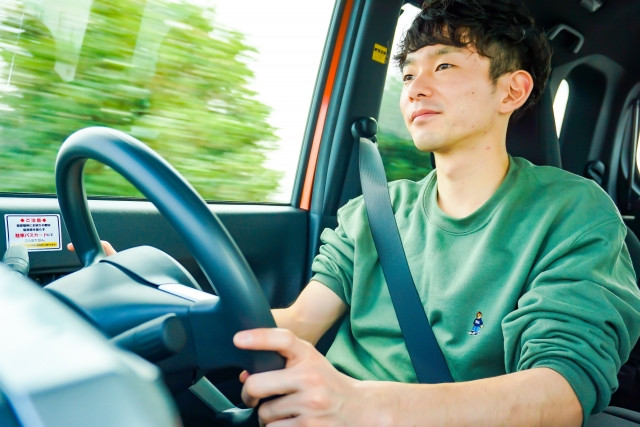
The Automobile Inspection & Registration Information Association prepares an annual report on the number of privately owned passenger cars per household. As at the time of writing, the latest report is for 2021 that reveals the following:
-
Prefecture with the Most Cars: Aichi, 4,205,378
-
Prefecture with the Least Cars: Tottori, 346,500
-
Prefecture with the Most Cars per Household: Fukui, 513,569 cars to 299,489 households, 1.715 cars per household
-
Prefecture with the Least Cars per Household: Tokyo, 3,095,664 cars to 7,341,487 households, 0.422 cars per household
For the full list covering all 47 prefectures in Japan, check the link below.
※ Automobile Inspection & Registration Information Association, “自家用乗用車の世帯普及台数” Pg.5
Types of Cars in Japan, What is a Kei car?
There are 2 types of cars you can get in Japan; an ordinary car and a Kei car.
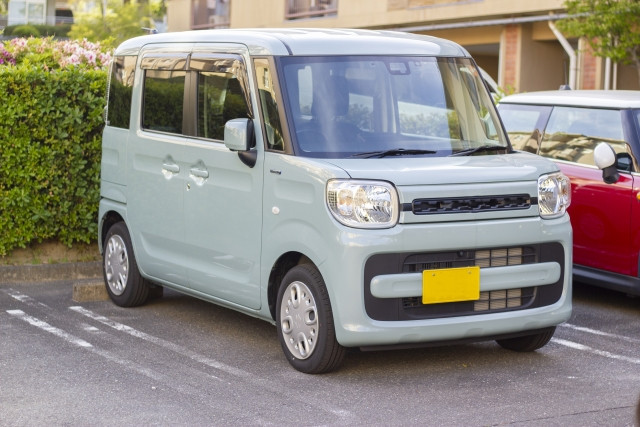
What is a Kei car?
A keijidousha (軽自動車) is a light motor vehicle; the smallest passenger car in Japan that is allowed to run on the highway. It is more commonly known as Kei car for short. The characteristics of a Kei car include:
-
Engine size less than 660cc
-
Can sit maximum 4 passengers including driver
-
Maximum load is 350kg
-
Maximum dimension is 3.4m x 1.48m x 2.0m (Length x Width x Height)
-
Lightweight at around 60% the weight of an ordinary car
-
Energy efficient and less damaging to the environment
Why should you get a Kei car?
The Kei car comes with many benefits like:
-
Cheaper to purchase than ordinary car
-
Compact size makes it easy to drive, can navigate narrow roads easily, and easy to park
-
Lower purchase price
-
Overall lower costs with cheaper vehicle taxes and insurance
-
Easier transfer of ownership process
Aside from family passenger cars, Kei cars also come in minivan and minitruck forms. There are also electric Kei cars to make it even more environmentally friendly.
※ Japan Automobile Manufacturers Association, “知れば知るほどいいね!軽自動車”
Buying a Car in Japan
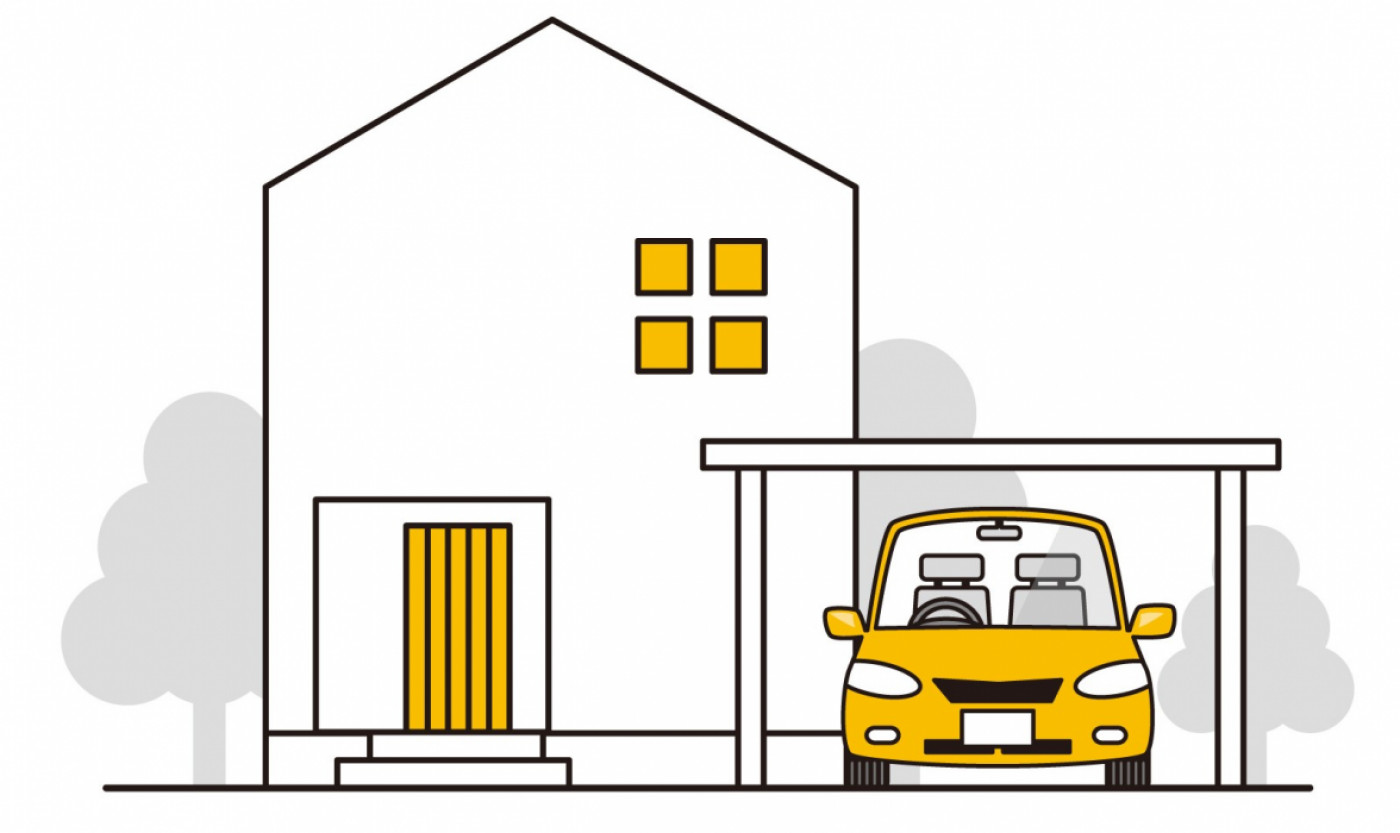
Thinking of getting a car? You have 2 options:
-
Option 1: Buying a New Car
-
Option 2: Buying a SecondHand or Used Car
Things to Consider Before Getting a Car
A car is a huge purchase so it’s important to put some careful thought into it. Consider the following:
-
Why are you getting a car? For work commute, family car, or travels.
-
Based on your reasons, what type, model, size of car will be most suitable for you?
-
How many passengers will you regularly have?
-
What is your budget for the initial purchase of the car?
-
Are you financially capable to handle the long term costs of the car? (more on this below)
-
Where will you park your car? Does your apartment or home have parking? Any fixed term (定期用 teiki you) parking lots nearby?
Recommended Reading:
What You Need to Buy a Car in Japan

Money aside, you will need to bring the following documents with you when purchasing a car. Note that the required documents for a regular car and a Kei car may differ. If you buy a car from a dealership, they will let you know what documents they need and also handle all the paperwork for you.
For Regular Car
-
Officially Registered Personal Seal (inkan 印鑑)
-
Personal Seal Certificate (inkan shoumeishou 印鑑証明書) - from ward offfice
-
Parking Certificate (車庫証明書 shako shoumeishou) - from police office
For Kei Car
-
Certificate of Residence (住民票 jyuuminhyou) - from ward office
-
Personal Seal or Officially Registered Personal Seal
-
Parking Certificate (車庫証明書 shako shoumeishou) - from police office
The other documents you need which are「自動車検査証 Vehicle Inspection Certificate」,「自賠責保険証 Certificate of Liability Insurance」and「委任状 Power of Attorney」will be prepared by the vendor.
Cost of Owning a Car in Japan
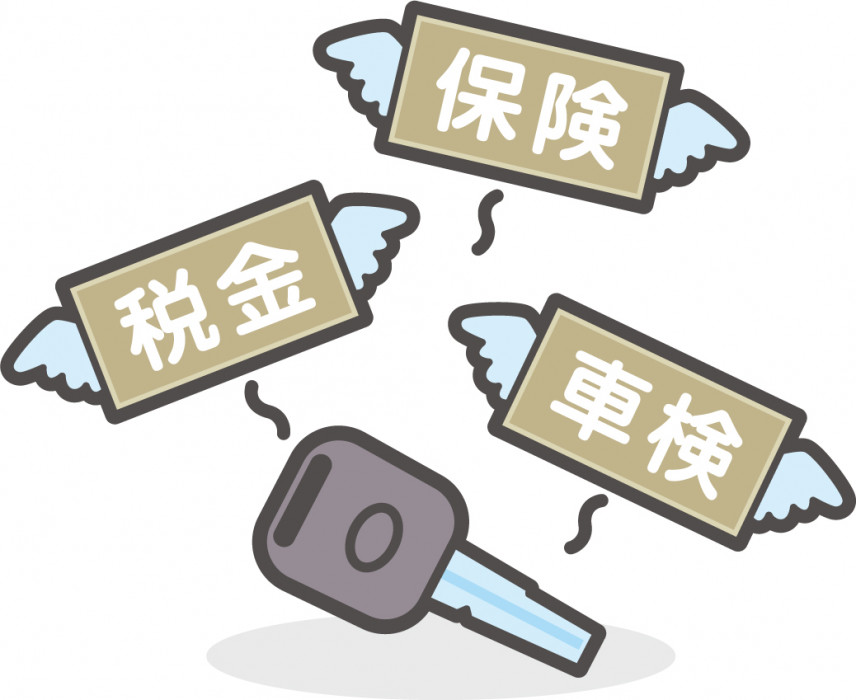
As an owner of a car in Japan, your long term costs involves numerous expenditures:
-
Vehicle Taxes which includes Car Tax (自動車税), Car Weight Tax (自動車重量税), and Environmental Performance Rate (環境性能割).
-
Insurance which includes Mandatory Vehicle Liability Insurance (自賠責保険) which costs less than 30,000 yen for regular cars and Kei cars. You may also decide to get additional insurance.
-
Maintenance Fees which includes Mandatory Vehicle Inspection (車検 shaken) that costs 30,000 yen for Kei cars, and can range from 40,000 ~ 100,000 yen for regular cars. Not to forget regular car maintenance like tyres, oil change, etc.
-
Daily Use Cost which includes fuel, toll payments, fixed term parking lot contract fees, and other parking fees.
※ JOYO BANK,Ltd., “自動車の維持費ってどれくらい?平均費用や節約方法も紹介”
Recommended Reading:
Cost of Cars: Things to Consider Before Buying Kuruma in Japan
Rental Cars and Car Sharing in Japan
Don’t need a daily use car? For people who only drive on a need-to basis, whether it’s to run some car-required errands or for leisure, rental cars and car sharing services are the best options. Depending on how often you need to use a car and for how long, also taking into account convenience and access to you, one of the services may be better.
Rental Cars in Japan
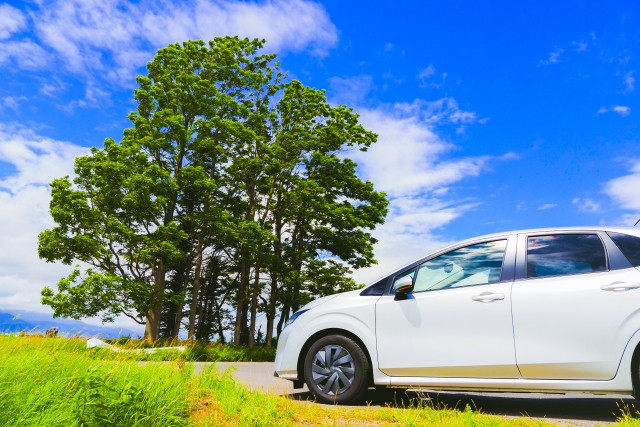
When it comes to holidays and trips, getting a rental car comes with a lot of advantages. Not only does it make your schedule more flexible, you can also reach your destination faster depending on your destination. Not to mention, some tourist destinations are just better accessed or enjoyed by driving.
Rental cars are more suitable if you’re thinking of renting for a whole day or more. Many rental car companies offer cheaper rates the longer you rent. Aside from driving all the way to your destination that may be far away, a common way to travel by rental car is first reaching the area by flight or train, then renting a car at the destination to explore the area.
Most rental cars in Japan have GPS equipped as well as ETC card readers. For drivers that do not have an ETC card, most rental companies offer ETC card rentals. Upon returning the car, you will reimburse the rental car company for the amount of toll fees incurred during your rental period.
Leading Car Rental Companies in Japan:
-
Nippon Rent-A-Car
-
Toyota Rent a Car
-
Times Car Rental
-
Orix Rent-A-Car
-
NICONICO Rent-A-Car
-
NISSAN Rent A Car
Carshare in Japan
Another form of car rental in Japan is car sharing. Car sharing services in Japan are usually charged by the hour or even shorter time periods of 15, 20 to 30 minute intervals. Depending on how long you need the car for, car sharing can be the cheaper option to car rental.
Carshare services are more available in major cities, especially Tokyo. You may have noticed cars parked in private parking spaces with signage indicating that they are for「カーシェア kaa shea」. These are the cars available for car sharing, an empty lot can mean that it is being rented, or taken for maintenance / re-fueling by the company.
The characteristics of carshare include:
-
Membership-based
-
Pre-booking required
-
24 hours availability
-
Return to its station
-
No need to refuel before return, petrol included in price
Leading Carshare Companies in Japan:
-
Times Car
-
careco
-
Orix CarShare
Takeaway
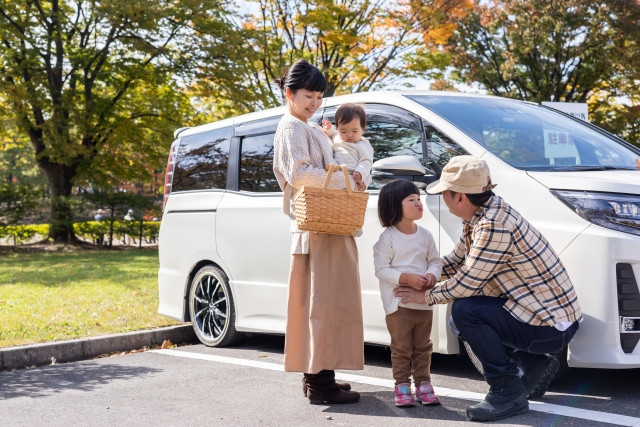
Driving in Japan can be very fun with smooth roads and beautiful scenery. You may feel nervous in the beginning at driving in a different country whose traffic rules and roads are so different from your own, but as many things do, you’ll get used to it in no time.



































